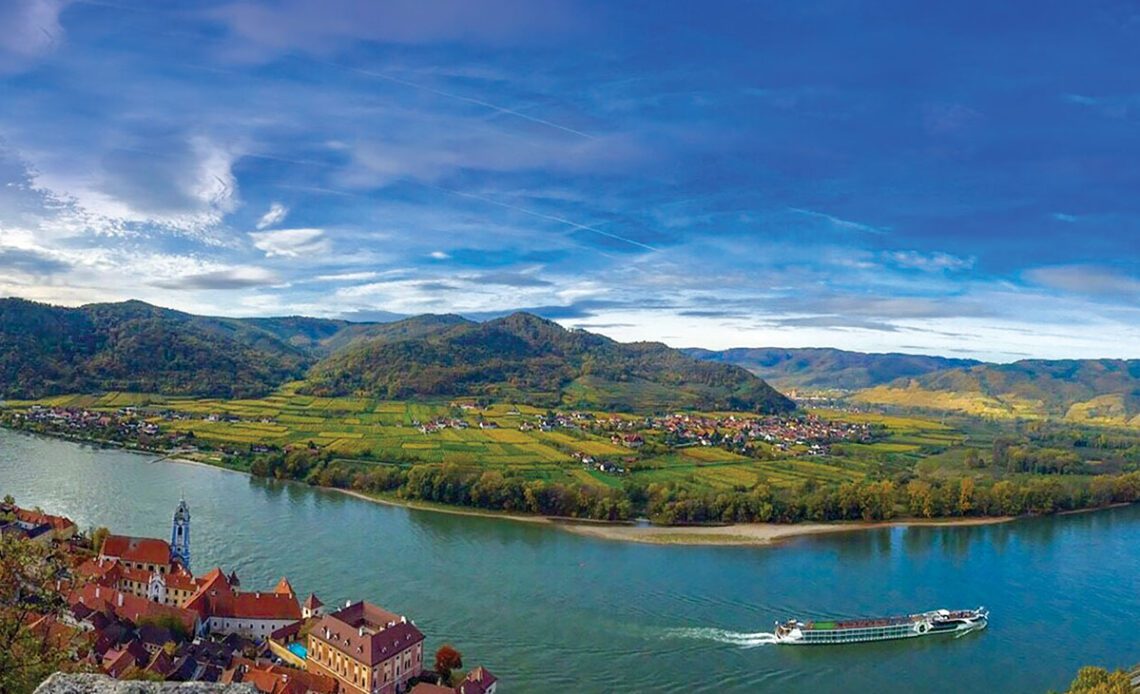The world of nature has always existed – but it’s easy to forget that it wasn’t until the 15th and 16th centuries that landscape painting, without people, achieved popularity – mainly thanks to the “Danube School” movement founded by innovative painters and printmakers. In particular, Albrecht Altdorfer’s painting of the Danube River near Regensburg caught the imagination – and along with enchanting Danube landscapes, inspired the imagination of travelers, right through today.
As so often happens with significant art movements, the Danube School’s movement was rooted in a philosophy – the relationship between nature, man and the different forces of nature. The original painters of The Danube School lived primarily in Germany (Bavaria) and Austria – and the hills, forests and landscapes of the Danube Valley were a prime subject, symbolizing their philosophy. The artists worked independently; there’s an element of drama in many of their works as they captured the “light” – and established their “landscape” subjects as stand-alone works of art. The artists also depicted towns, and populated some of their works with atmospheric man-made structures such as castles and churches – but not people.
Today their works are on display in many of the world’s premier art museums, including Alte Pinakothek, Munich, where you can view Altdorfer’s famed View of the Danube Valley near Regensburg along with Danubian Landscape and Saint George in the Forest, London’s National Gallery and the Metropolitan Museum of Art in New York City. And of course, you’ll discover their inspiration first-hand on Tauck’s Danube river cruises. And of course, other artists these past 500 years have also gleaned inspiration along the Danube – take a look below:
Exploring…
Click Here to Read the Full Original Article at The Taucker Travel Blog…
